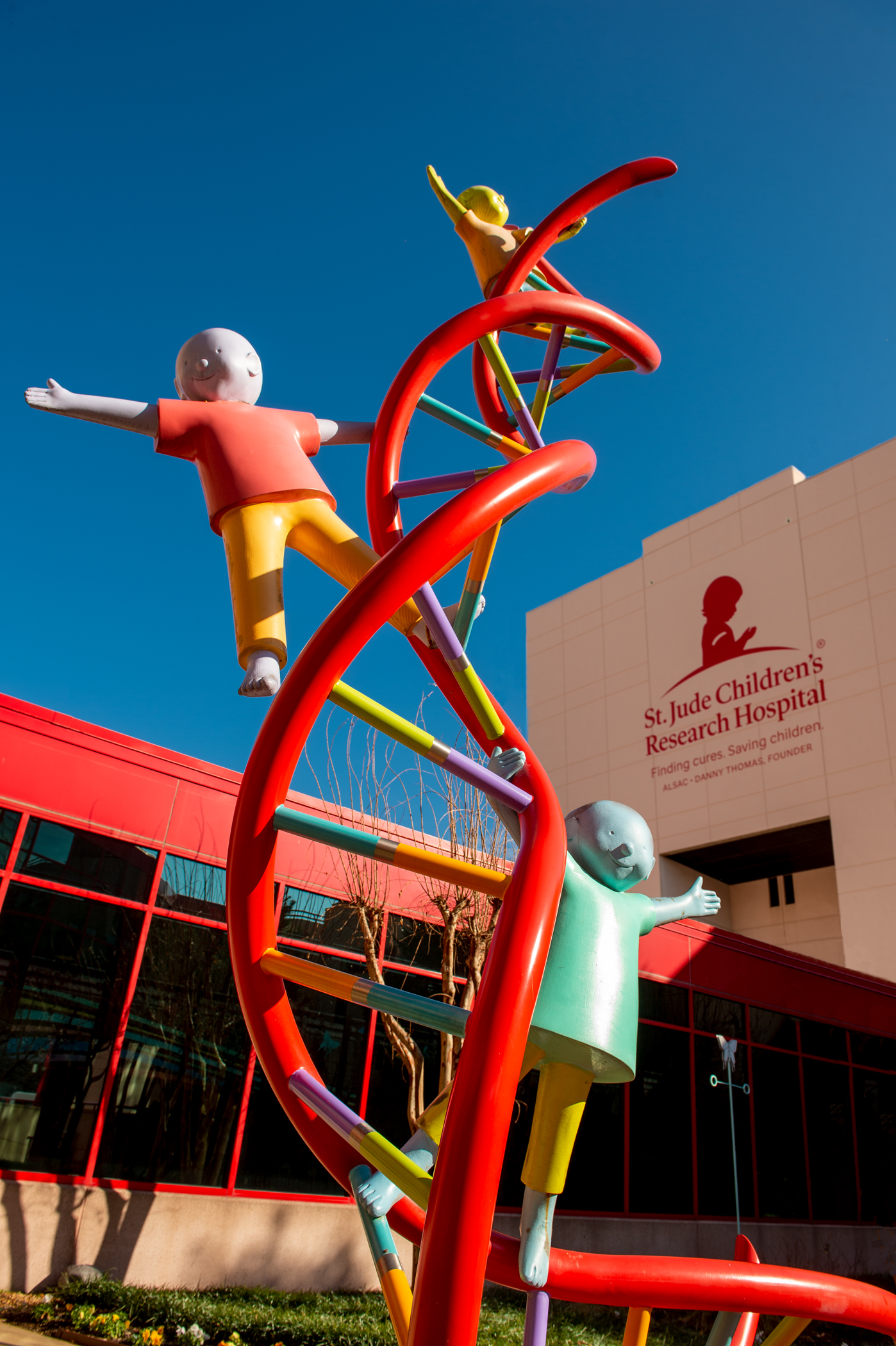In the course of a decade the project changed cancer research, diagnosis and treatment.
“The Pediatric Cancer Genome Project has had a profound impact on the way we treat patients and on how we diagnose patients today at St. Jude. The project has also had an incredible effect on the way we think about those tumors and the avenues that we take to do research to improve our ability to treat those patients,” said James R. Downing, M.D., president and chief executive officer of St. Jude. He is also the architect of the Pediatric Cancer Genome Project.
Based on the success of the first phase, St. Jude committed $30 million to extend the project in 2014. The second phase was built around two distinct efforts: a discovery project and a clinical genomics project. Through the efforts, researchers analyzed cancer samples from 300 children, studying in detail a small number of different types of leukemia, brain tumors and solid tumors. This chapter of the project also made next generation sequencing an option for every eligible St. Jude cancer patient. Findings from the Pediatric Cancer Genome Project are still being published. To date, more than 30 papers have appeared in high-impact scientific journals.
Visit stjude.org in the coming months to keep up with how the project built a research engine that is moving medicine forward.
Here are just some of the highlights:
- Scientists completed and analyzed whole genome sequences of tumor and normal tissue from about 800 St. Jude cancer patients with 23 different types of cancer. As part of the project, scientists also sequenced the whole exome and whole transcriptome of an additional 1,200 patients.
- The team completed the sequencing goal early and under budget.
- The effort yielded groundbreaking discoveries in brain tumors, leukemia, solid tumors and cancer of the peripheral nervous system. The findings included striking examples of genomic alterations that underscore marked differences between childhood and adult cancers.
- Clinical trials at St. Jude and the Children’s Oncology Group as well as research worldwide have incorporated discoveries from the project into clinical trials. The findings have also fueled National Cancer Institute initiatives to develop pediatric-cancer specific therapies and to provide guidance for precision medicine treatment of individual patients.
- The Pediatric Cancer Genome Project revealed that about 10% of children with cancer have germline, potentially inherited, mutations in known cancer-predisposition genes. The finding has consequences for treatment, follow-up, families and potential offspring. The findings highlight the importance of comprehensive clinical genomic sequencing as part of standard pediatric cancer care.
- Jude now offers comprehensive genomic testing to all eligible patients. The hospital also created the Cancer Predisposition Program to provide genetic counseling, testing and education to St. Jude patients, families and providers.
- Project data, data-visualization tools, novel analytic algorithms and biological resources have all been freely shared with the global research community. The centerpiece of that effort is St. Jude Cloud, an online data-sharing and collaboration platform.
“The legacy of this project includes how hundreds of individuals at these two institutions came together to change medicine and build a new foundation for moving forward,” Downing said.
St. Jude Children’s Research Hospital
St. Jude Children’s Research Hospital is leading the way the world understands, treats and cures childhood cancer and other life-threatening diseases. It is the only National Cancer Institute-designated Comprehensive Cancer Center devoted solely to children. Treatments developed at St. Jude have helped push the overall childhood cancer survival rate from 20% to 80% since the hospital opened more than 50 years ago. St. Jude freely shares the breakthroughs it makes, and every child saved at St. Jude means doctors and scientists worldwide can use that knowledge to save thousands more children. Families never receive a bill from St. Jude for treatment, travel, housing and food — because all a family should worry about is helping their child live. To learn more, visit stjude.org or follow St. Jude on social media at @stjuderesearch.
Original post https://alertarticles.info


